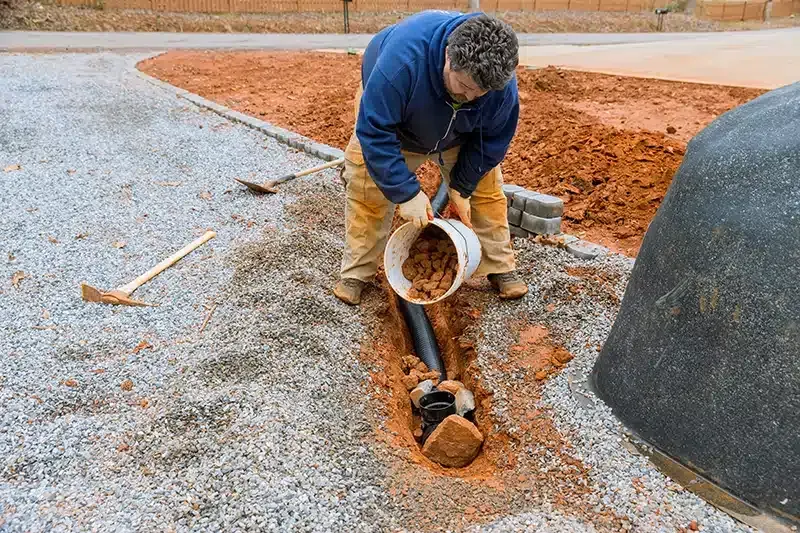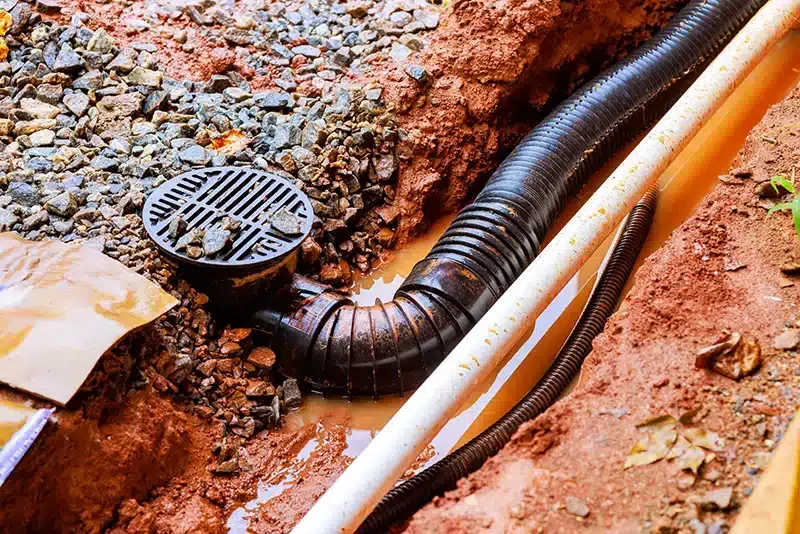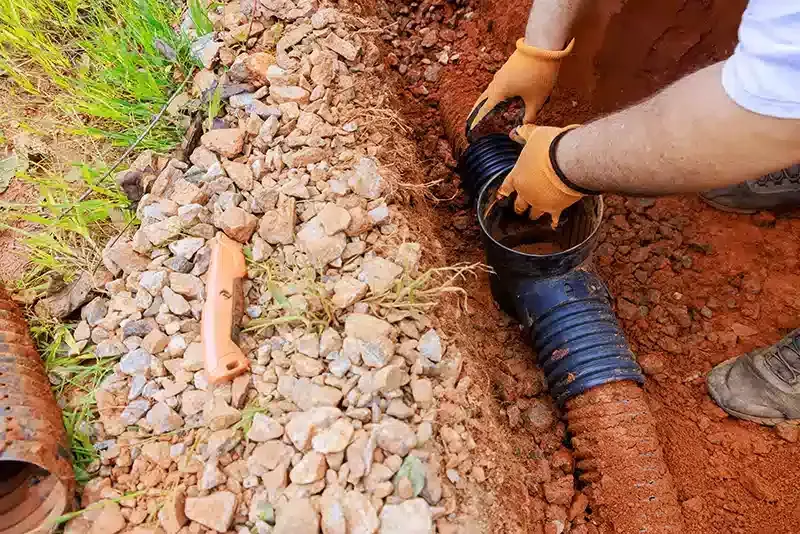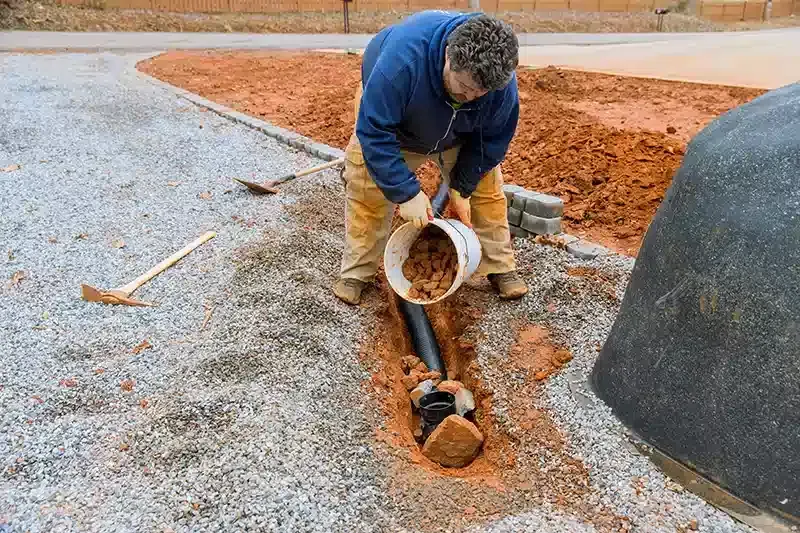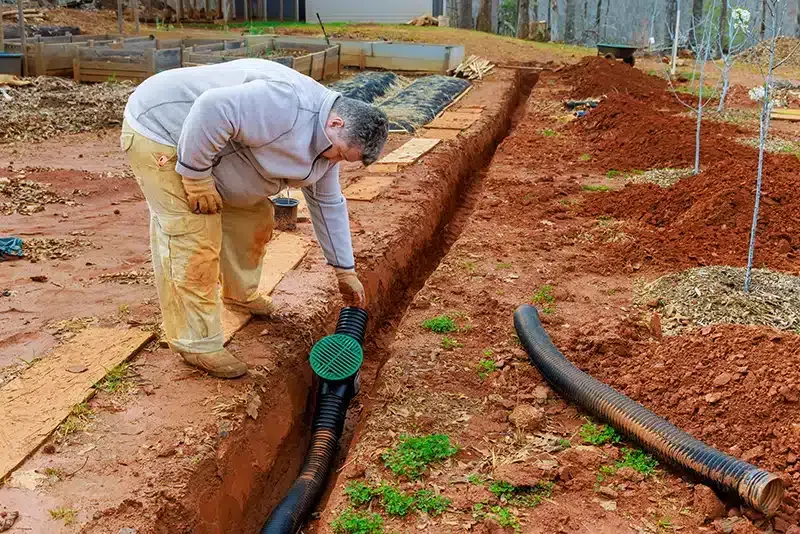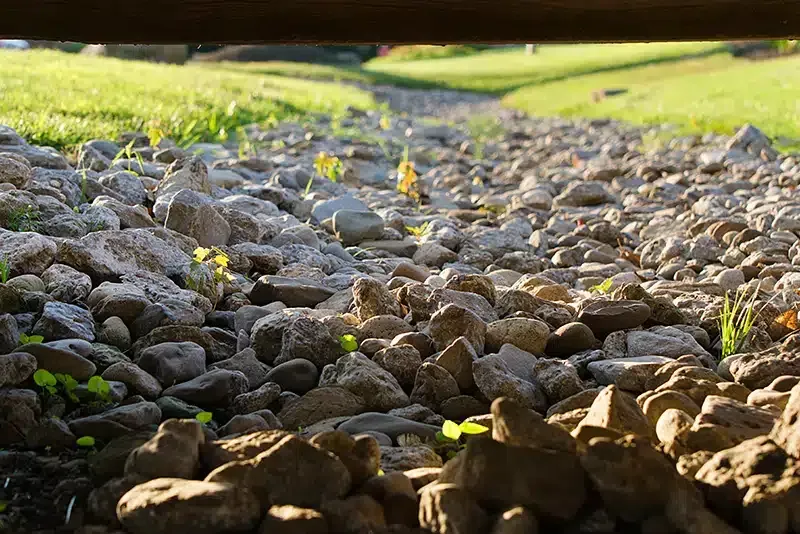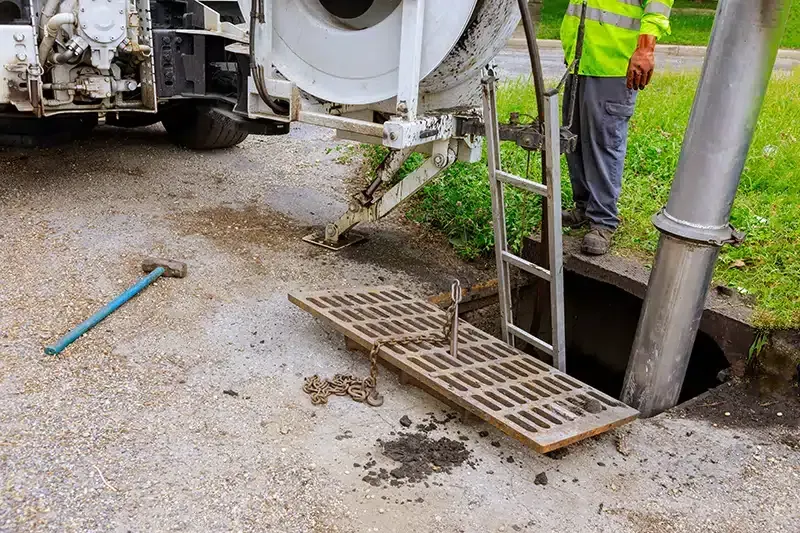How Do You Avoid Utility Lines During French Drain Installation?
How Do You Avoid Utility Lines During French Drain Installation?

Installing a French drain is a smart way to protect your home’s foundation and landscape from water damage. But before you start digging, there’s one critical concern you must address—utility lines.
Accidentally damaging gas, water, electric, or communication lines can be dangerous, expensive, and even illegal. Whether you're a homeowner tackling a DIY project or hiring a contractor, knowing how to safely avoid utility lines during French drain installation is essential.
This blog will walk you through the precautions and best practices for ensuring your drainage project doesn’t disrupt essential services—or put anyone at risk.
Call Before You Dig
The first and most important step is to contact utility marking services before any ground is broken.
- Dial 811 to request a utility locate. This free nationwide service will arrange for utility companies to mark buried lines on your property.
- Wait for confirmation and markings: It typically takes a few business days for all utilities to be marked with paint or flags, so plan.
- Keep a record of who marked what: Take photos of the markings and notes on which lines belong to which utility for future reference.
- Understand the
color codes standards used: Different paint colors indicate different utilities (e.g., red for electric, yellow for gas, blue for water).
Map Out Your Drainage Path Carefully
Once utilities are marked, plan your French drain layout to avoid intersecting with them.
- Design the drain to follow a clear path away from marked lines: A small adjustment in your trench layout can make a big difference in safety.
- Use measuring tools to stay outside the utility buffer zone: Avoid digging within 18–24 inches of the marked utility lines unless permitted by local codes.
- Consult site plans or blueprints if available: Older homes may have unmarked lines—reviewing building plans can reveal hidden infrastructure.
- Account for sloping and outflow: Rerouting the drain around utilities may affect the slope—be sure the system still drains effectively.
Dig With Caution Near Utility Zones
Even with markings, extra care must be taken when you’re near a known utility line.
- Use hand tools when near flagged areas: Shovels are much safer than power trenchers when working close to buried services.
- Excavate slowly and in layers: Carefully dig a few inches at a time to feel for unexpected resistance or indicators of a buried line.
- Stay alert for warning signs: Conduits, tape, or unusual materials may signal the presence of a nearby utility.
- Avoid heavy equipment directly over utility paths: Vibrations and weight can damage pipes or cables even if you're not digging them up.
Work With Licensed Professionals When Needed
In some cases, professional expertise is the safest and most efficient way to go.
- Hire a licensed https://www.houstondrainpros.com/ with experience in drainage and excavation–they’ll know how to navigate local utility regulations and minimize risk.
- Ask for verification of liability insurance: This protects you if any damage occurs during installation.
- Have utility reps on-site for high-risk areas: For projects close to gas lines or electrical conduits, utility companies may provide oversight.
- Check permit requirements in your area: Some regions require permits for trenching or drainage installations near public utility easements.
What to Do If You Hit a Utility Line
Despite precautions, accidents can happen. Knowing how to respond is critical.
- Stop work immediately: Do not continue digging or try to repair the damage yourself.
- Call 911 if there’s a gas leak or electric hazard: Prioritize safety and evacuate the area if necessary.
- Notify the utility provider right away: Prompt reporting can reduce the damage and restore service quickly.
- Document the incident thoroughly: Take photos and write a report to assist with claims or investigations.
Avoiding utility lines during
French drain installation isn’t just about avoiding a costly mistake—it’s about ensuring safety, following the law, and protecting vital services. By calling before you dig, planning your trench route carefully, and exercising caution near marked areas, you can complete your drainage project with confidence.
When in doubt, don’t hesitate to consult professionals who are trained to handle these situations safely.
